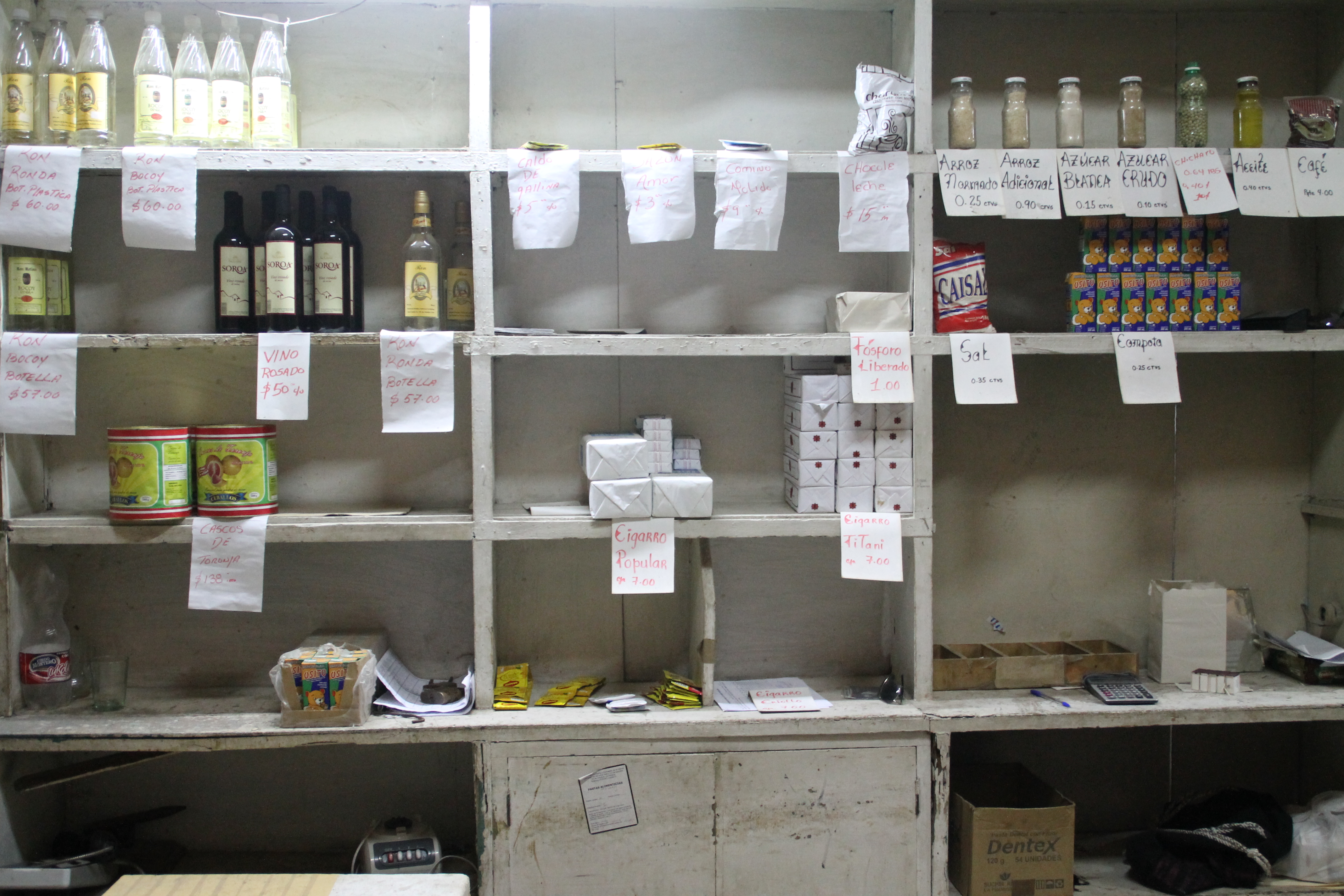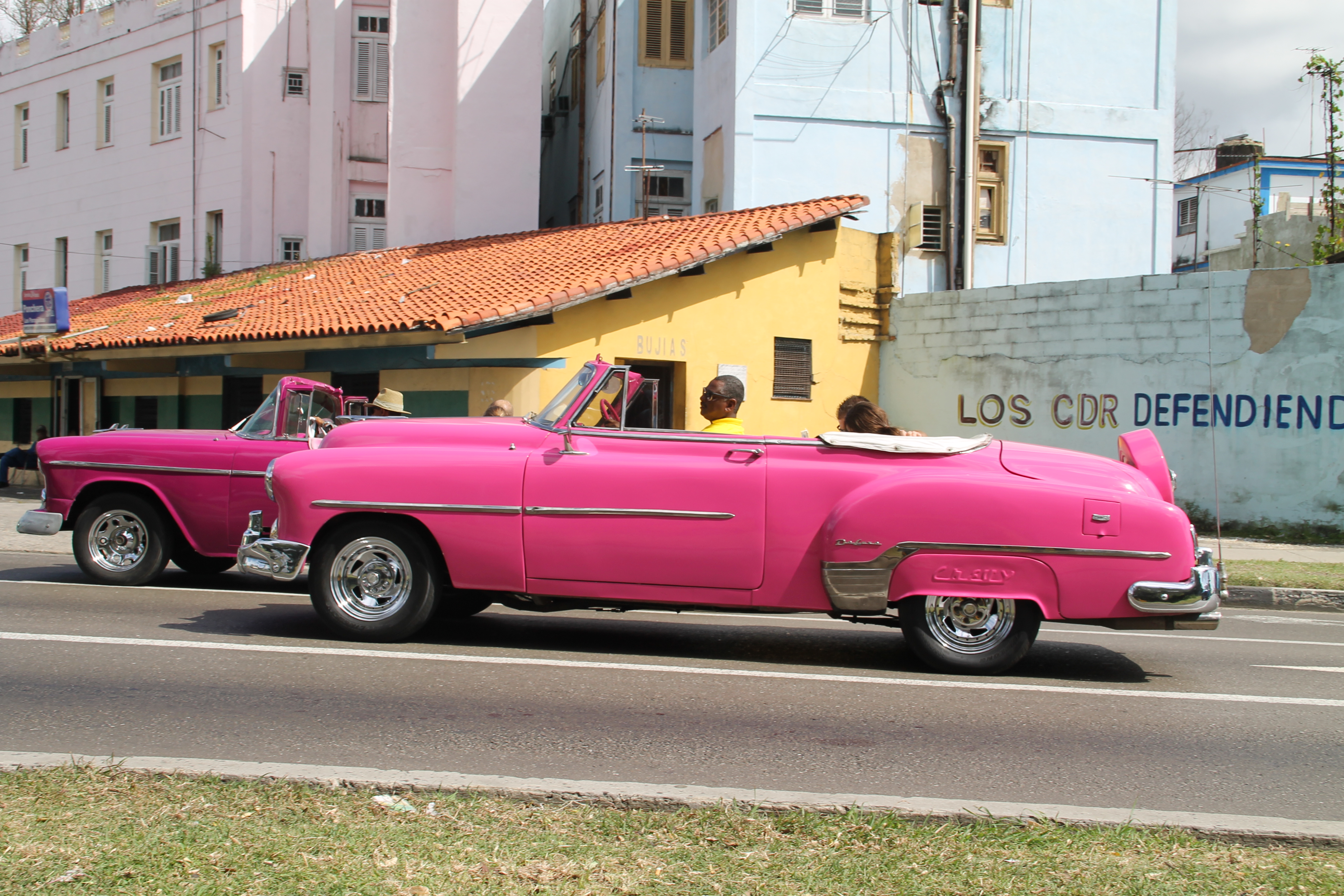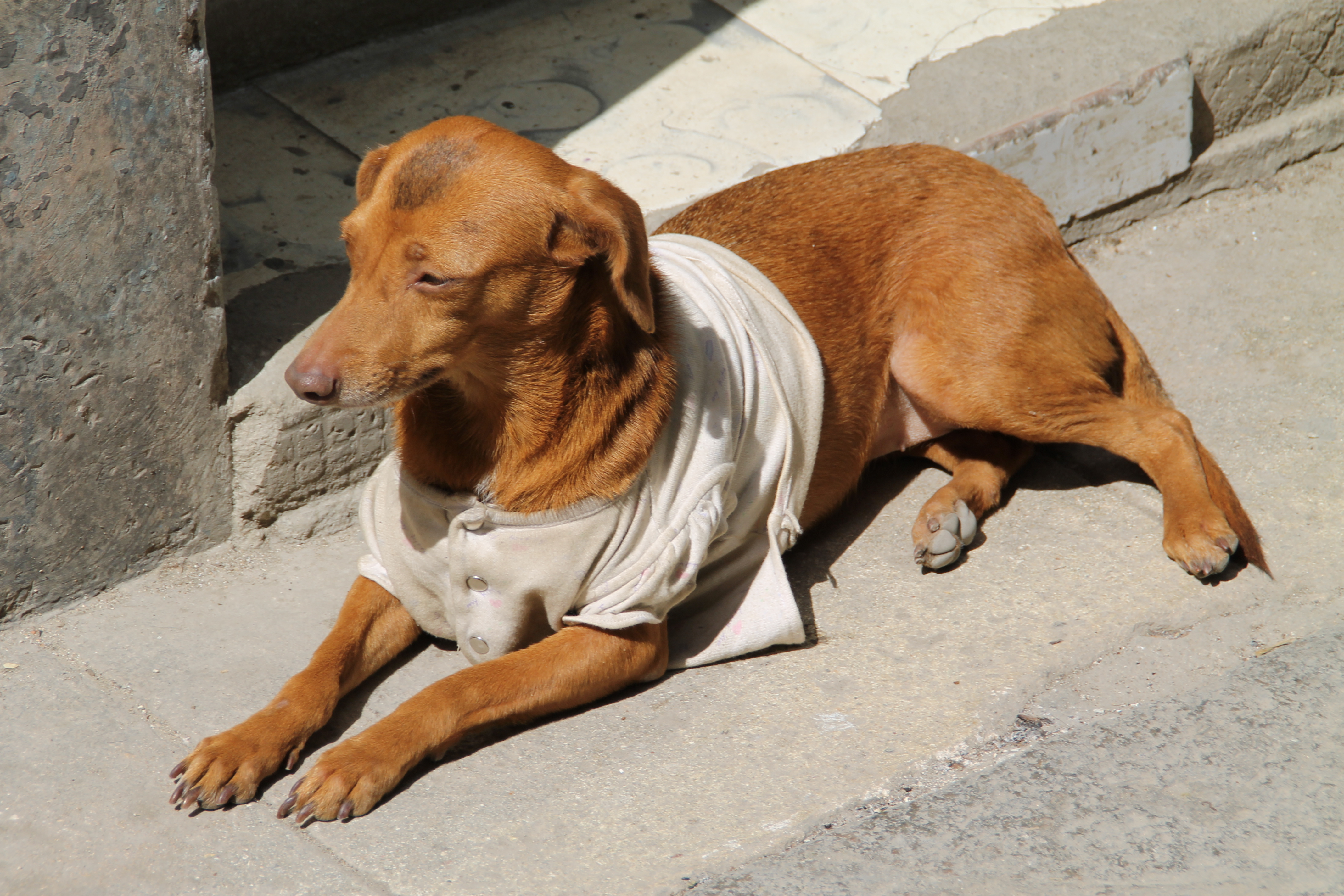The last post in this series. Cuba was indeed amazing and this part is about some things that I found very special, sometimes awkward or fascinating…

Signs for a casa
Remember, when you are searching for a place to stay, you can easily spot them by the sign like the one below on the photo. The color of the sign show what type of casa is that: blue – for tourists, red – for locals.

Local breakfast
If you are searching a place where to grab a non-expensive snack or have a breakfast, pay attention to small windows with the menu on wooden planches.

Locals are eating here and the prices are ridiculously low: a coffee costs 4 cents (but it is a weird mixture of coffee beans, something else and a loot of sugar), a toast with cheese or sausage about 10 cents, a batida (milk cocktail, usually banana) – 10-15 cents, an omelet about 20-30 cents. As you see, you can have a breakfast for less than one Euro. By the way, if you see something distantly reminding you of a vanilla pudding in a cola can cut to halves, you have to throw away your doubts and give it a try. It’s yummy. And it is called flan.

Bread, is by the way, delicious. But we haven’t seen so many bakeries around.
Fruit
Local, basically growing on Cuba fruit are guava, papaya, banana, pineapple and coconuts. The first two you HAVE to buy on the street and enjoy it instantly. Fresh, juicy, delightful. By the way, don’t forget to ask for the price first: if you look like a tourist, the prices will probably be unrealistically high. Negotiate!
Cigars
The cigars are better to buy from licensed cigar stores, in factory shops and in rare cases from a casa owner. Avoid buying them on the streets; they can be with high probability a fake. We bought some fair and nice tasting ones from our casa padre for one CUC a cigar. Lower price you can’t imagine.

Rum
Local rum prices start from 2 CUC for 0,7l. Try Jagua (we found it only in Cienfuegos) and Legendario (you can buy it everywhere, even at the airport). By the way, in opposite to many places, the prices of rum and cigars at the airport are almost the same as in the city.
Cocktails
As all of us expect, you can find mojito and cuba libre almost everywhere on Cuba. Usually, a cocktail costs about 2-2,5 CUCs.

Other local drinks
Try Kermato – it’s spiced tomato juice, veeeery tasty. Don’t try Marinada – it’s tomato juice mixed with lightly fizzy bier; even the thought about this taste is disgusting.
Money
Have a lot of small money with you (coins 1 to 3 CUC), as taxi drivers most often don’t have change.
Sometimes, locals try to cheat you when you pay in CUC for stuff, which prices are written in CUP – or they just don’t know the exchange rate. The most important advice: change money to have both currencies: CUC (Cuban convertible peso) and CUP (Cuban peso). The rate was 24-25 CUP to 1 CUC at the time we were there (end of February 2016). Paying for vegetables, fruit and some small stuff you buy on the streets is much more convenient in CUPs.
Ratio books
Ratio books still exist on Cuba. They look like are a set of vouchers that allow you to buy a limited number of different products and wares for reduced price. I remember we had something similar in Russia when I was 3 years old, all these lines to buy one single item, weird memories. The shops on Cuba selling this type of stuff look, to say the least, empty.

Beggars
Many people beg for money (rarer – for soup or clothes), some search for the remnants of food or plastic/ aluminum cans in the trash bins. Many people, indeed, live on a border to poverty – extreme it was in Trinidad when we walked up the hill. In other cities we stayed mostly in center, not showing up on the outskirts.
In opposite, other people possess expensive mobile phones and new cars (which cost crazy money because of the import costs and other charges). We got the impression that those who own a casa or a taxi live especially wealthy. Indeed, if the mean salary is 20 CUC and you pay 20 to 30 CUC for a night in the casa, it is much money.
Little gifts
There are still problems with import on Cuba. If you want to please locals, think about taking some nice T-shirts you don’t wear anymore, soup, small cosmetics items, pens, markers, painkillers, etc. In Havana in some districts where kids play football with plastic bottles, may be, some toys and balls could also be a good idea.
Religion
I really cannot say if Cubans religious or not, they have a lot of churches, indeed, but I want to tell another story. When strolling along the Malecon, the promenade in Havana, we noticed two man holding something alive in their hands. We stopped and looked closer: it was a duck. Then one man took the duck by its neck, stood straight and looked over the ocean. It lasted couple of minutes. We understood that he was praying… The duck was killed afterwards, of course.

Internet
Everything is not so easy as we are used it to be. Only expensive hotels have WLAN, but if you have Samsung Galaxy 4 and higher, there is a big chance it will not work. If you stay in a casa, there is no Wi-Fi. No exceptions. You have to buy Internet access from Etecsa and connect in so-called “Internet parks”. You will easily recognize them by the high amount of people sitting there with their smartphones and laptops. One hour of using Wi-Fi costs 2 CUCs if you buy it from an Etecsa office. However, there is another way to get access to the Internet: street vendors. Then it costs 3 or 4 CUCs. We have a good story about it. We needed some access, so we took a place in a line in one office in Havana. It was taking unrealistically long… The queue was very slowly moving. We noticed, that there were some locals who were cheating and getting into the head of the line again and again (you are allowed to buy only three cards=hours pro a visit). I talked to a nice Bulgarian guy who was standing after me (he spent longer time on Cuba): he explained, that this is a tooled business: these guys and girls are buying these Internet cards for two CUCs and sell it for three or four CUCs in the Internet park and to those who didn’t make it to the office because the line moved too slowly. Devil’s circle, yeah. Anyway, I had luck and was the last who was admitted into the office. However, I went nuts when I realized that my boyfriend bought this card from one of them because he was not sure if I got one.
Old-timers
… are amazing! I somehow loved, love and will love these cars with a history. On Cuba they are everywhere. Even as a taxi. Sometimes they are so old that even the inside panels of the doors are wooden. There is only one disadvantage – if you are travelling on the backseat, sometimes you don’t have air to breath.

To wrap up, Cuba is very special. Some things are not so easy to comprehend, but you can adapt and live with it happily ever during and after your trip. If you get a chance to fly there – do it and have no second thoughts. Point made – Cuban post series is finished. Thank you for your attention. Till the next trip – that is starting tomorrow!

P.S.: There are so many dogs wearing T-Shirts on Cuba…











Leave A Comment